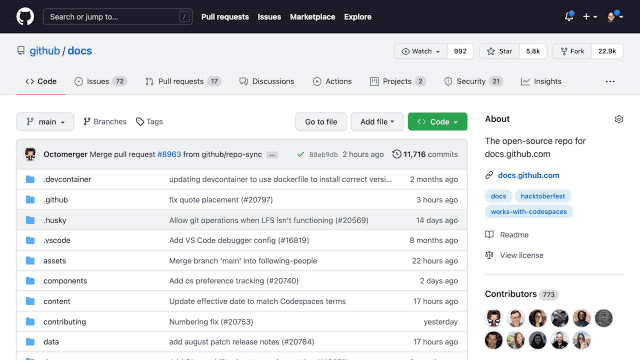We are doing healthcare interface development.
Developers have Ensemble installed locally on their laptops - code will be developed locally then deployed to integration, test/UAT and ultimately production servers in due course.
One of the other applications we are developing around happens to utilise an Iris desktop client to a remote Iris server. We want to have the application available on the developers laptops alongside the local Ensemble instance.


